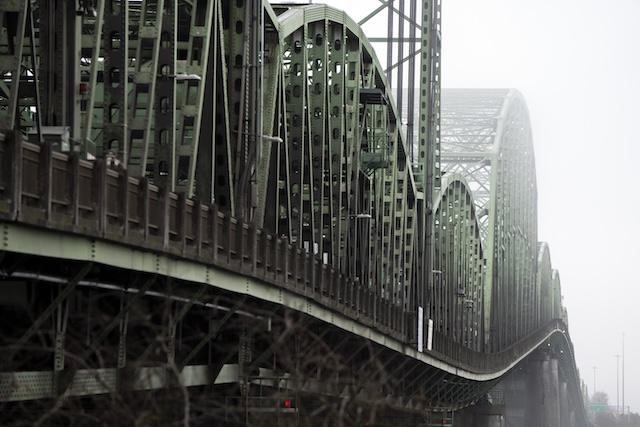Transportation in Oregon is grappling with significant challenges that could have lasting implications for the state’s infrastructure and public safety. Recent data reveals alarming trends regarding the aging of bridges, project completion rates, and traffic safety that underscore the pressing need for action.
Aging Infrastructure and Funding Shortfalls
Oregon’s highway bridges face a daunting future, with many needing to last an astonishing 900 years before replacement. While one might expect bridges to be replaced within a 100-year lifespan, the reality is different. The Oregon Department of Transportation (ODOT) cites insufficient state and federal funding as a critical issue. Consequently, nearly half of the state’s bridges are over 50 years old, many constructed to outdated standards that cannot accommodate today’s heavier loads and increased traffic volumes.
The ramifications of this aging infrastructure are profound. As bridges deteriorate, they require more maintenance, further straining available funds for necessary replacements. The current funding model fails to meet the needs of the state, raising concerns about public safety and the overall reliability of Oregon’s transportation system.
Declining Project Completion Rates
Another concerning trend is the decline in ODOT’s ability to complete projects on time. The agency aims for 80% of its projects to finish all on-site work within 90 days of the target completion date. In 2014, ODOT achieved a commendable 90% on-time completion rate. However, since 2020, this figure has steadily decreased, with only 60% of projects meeting the deadline last year.
Multiple factors contribute to these delays, including the number of “avoidable” change orders that disrupt project schedules. In response, ODOT has implemented measures requiring contractors to reimburse the agency for additional staff time incurred due to delays. Furthermore, the agency has begun monitoring poorly performing contractors to mitigate future issues.
Safety Concerns on the Roads
Perhaps the most alarming statistic is the rise in fatalities and serious injuries per 100 million vehicle miles traveled in Oregon. In 2023, the state recorded a rate of 11.67, up from 10.69 in 2022. While preliminary data from 2024 suggests some improvement, the factors contributing to this increase are evident, including distracted driving, speeding, and inexperienced young drivers.
ODOT has developed safety plans aimed at addressing these issues, focusing on reducing instances of distracted driving, speeding, and impaired driving. Despite these efforts, the agency has not achieved the desired outcomes, as reflected in the troubling statistics. ODOT tracks these metrics along with ten others to measure overall transportation performance, and while progress has been made in nine areas, the agency continues to fall short in fostering safe driving practices.
The challenges facing Oregon’s transportation system underscore a complex web of aging infrastructure, declining project efficiency, and rising safety concerns. ODOT’s ability to address these issues is crucial for the safety and well-being of Oregonians. The agency will need the support of the public to promote safer driving habits and ensure that state highway bridges remain operational and safe for years to come.







